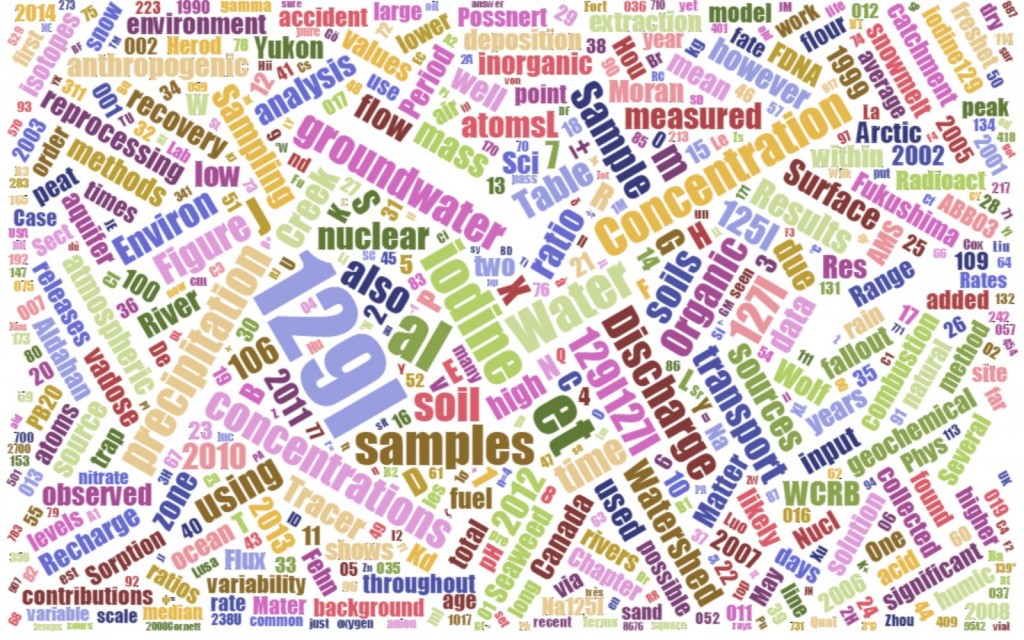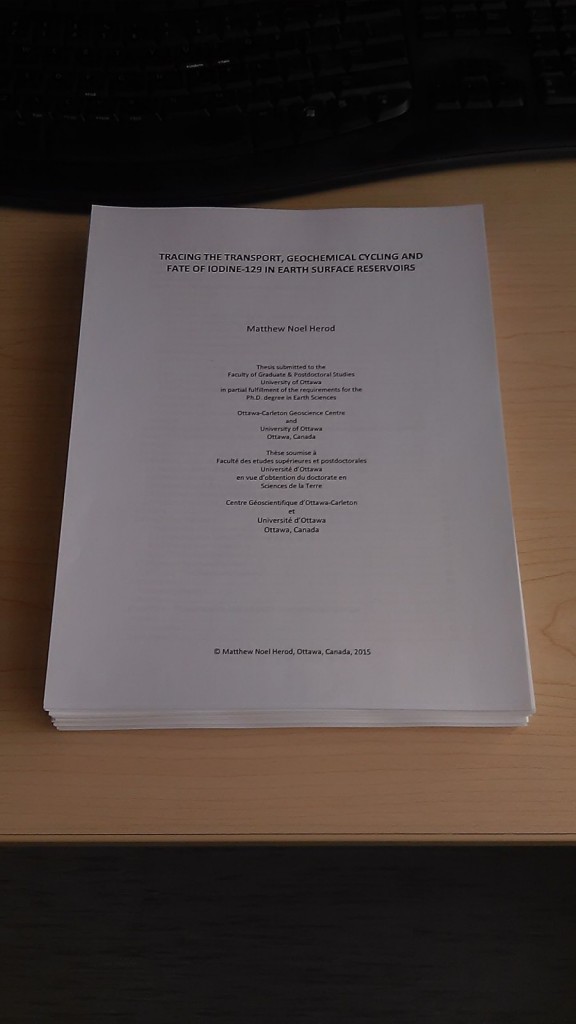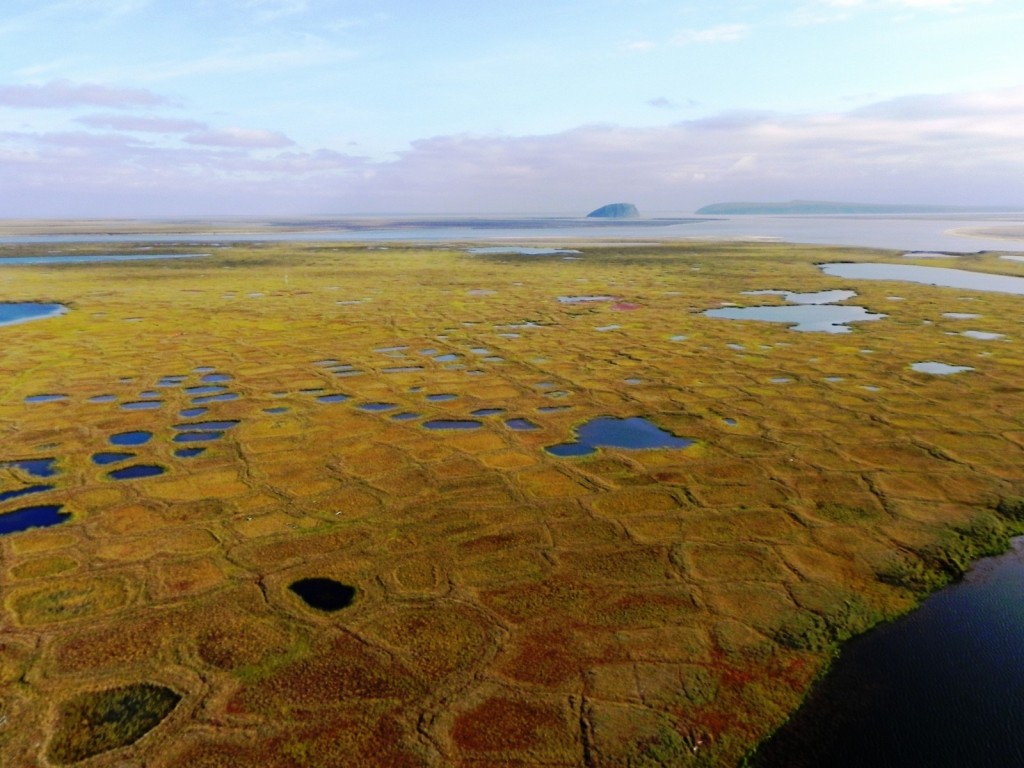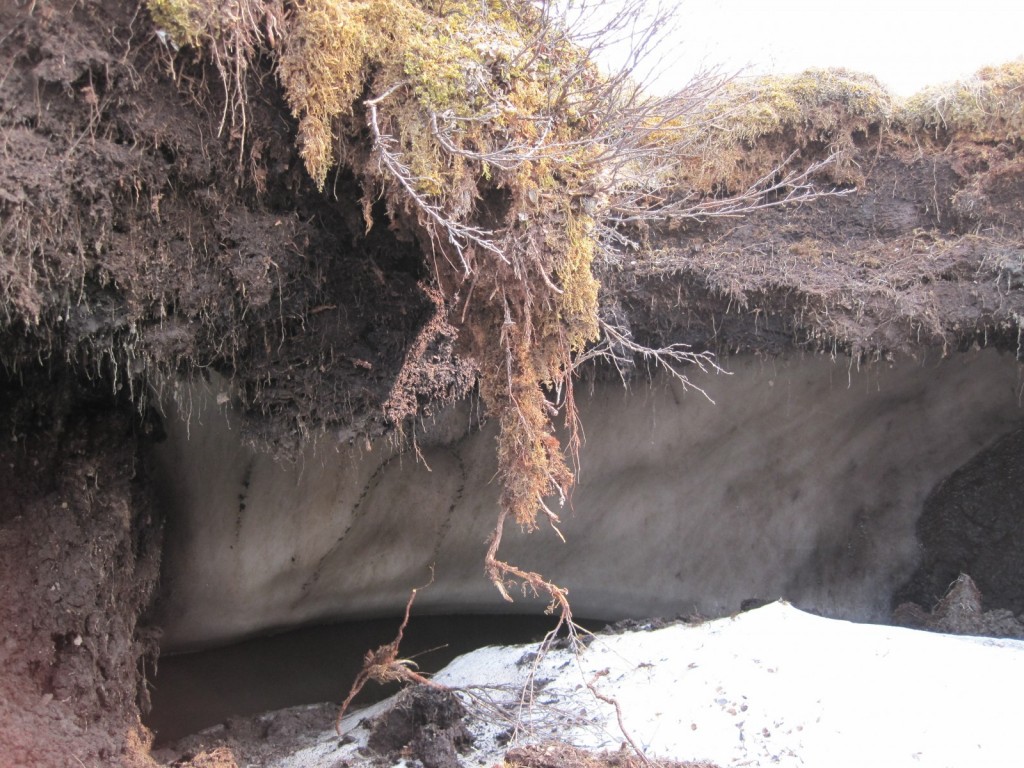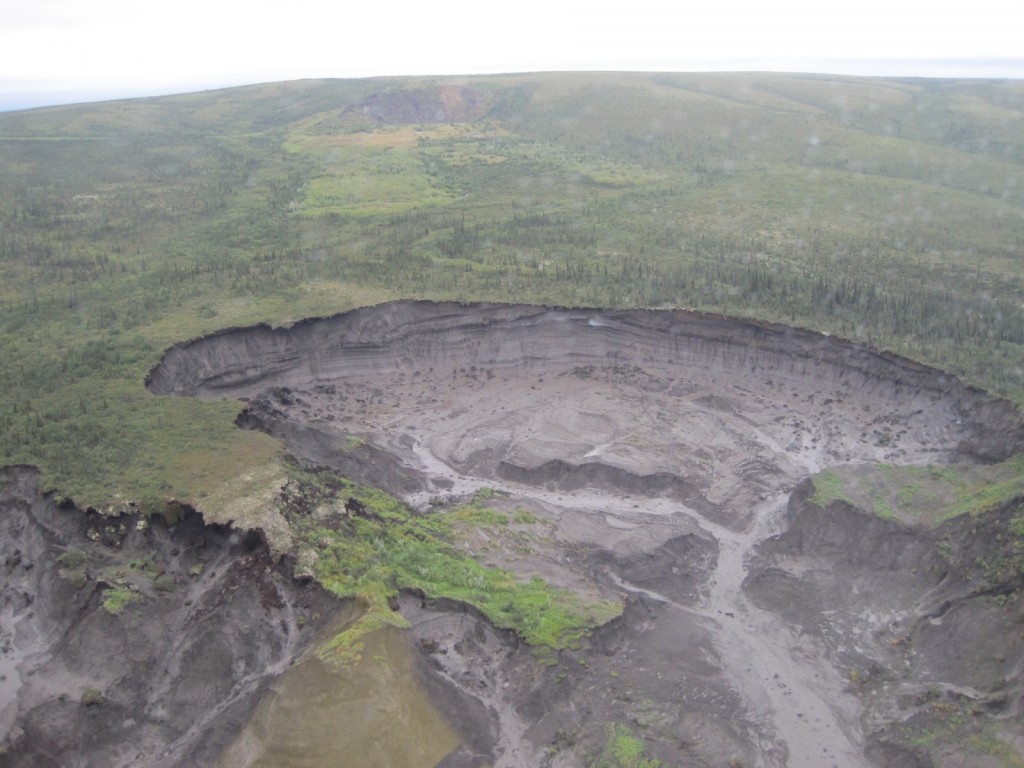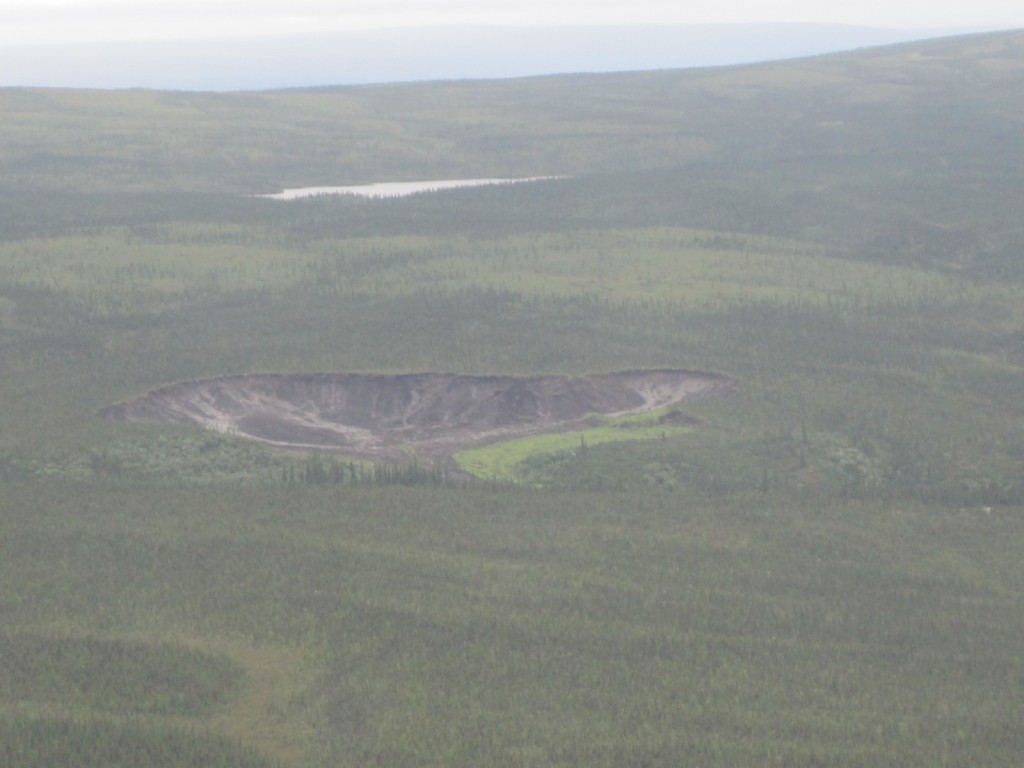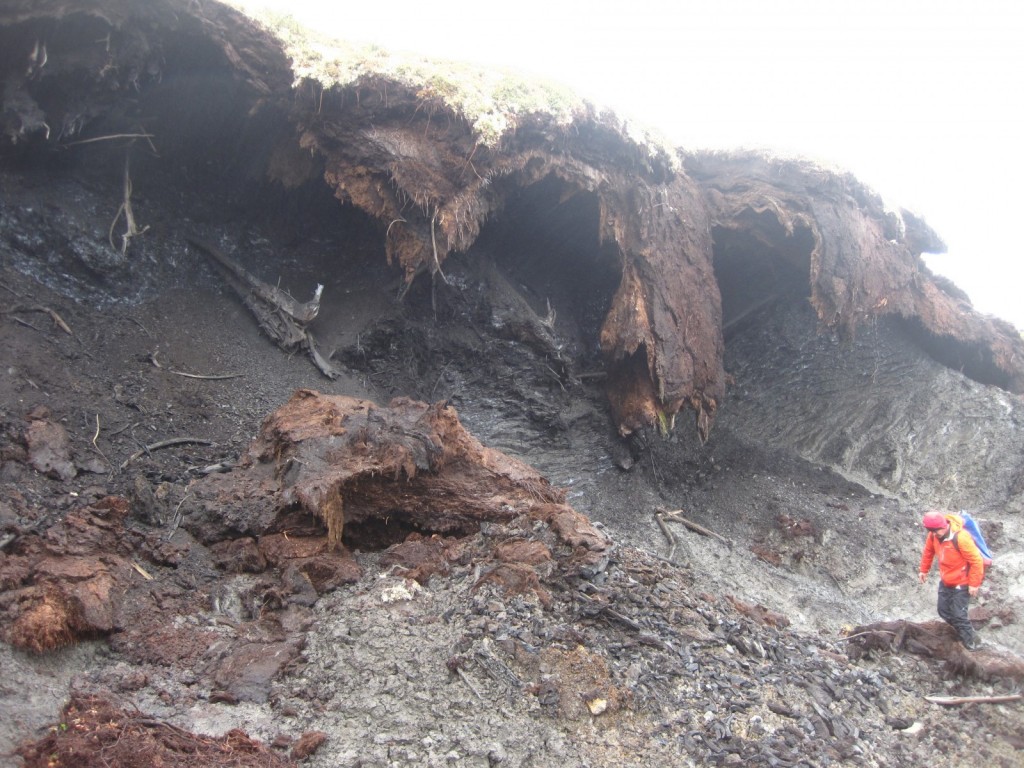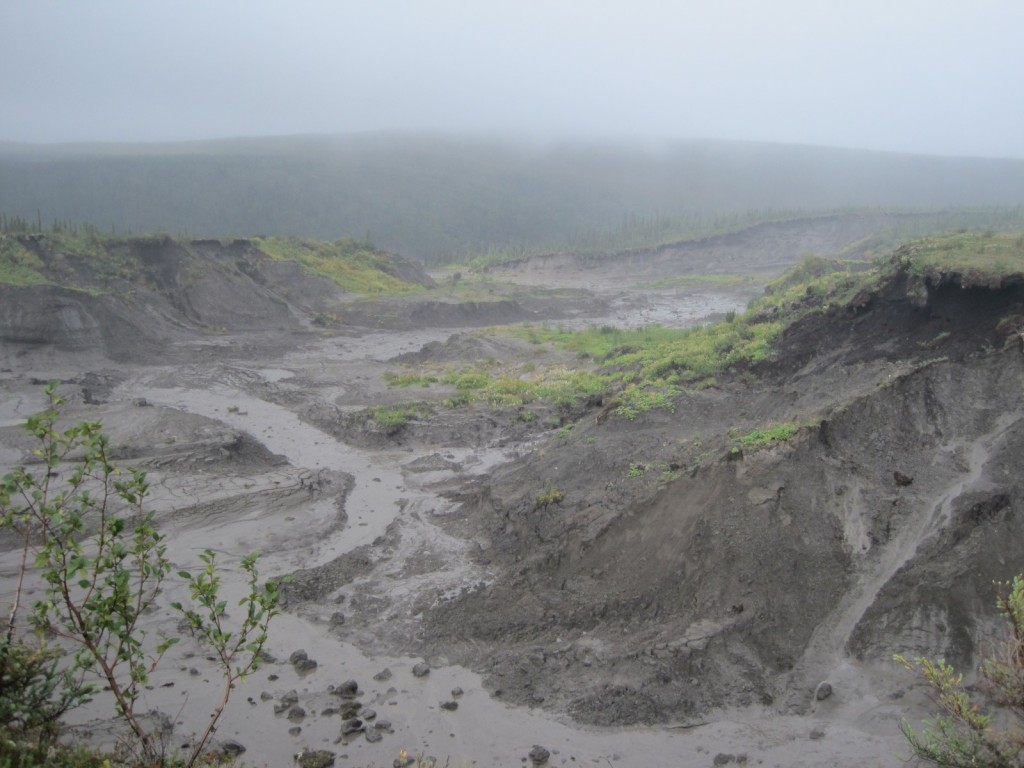This week’s photo brings us back to the world of geochemistry. I don’t have much information on this photo beyond that it was taken in Italy. However, if I may speculate a little it looks like these crystals may possibly be volcanic in origin and the fact that it was taken in Italy, which is famous for its volcanic sulphur deposits. I say this because such crystals are often found near active volcanoes and form from the degassing of sulphur dioxide (SO2) and hydrogen sulphide (H2S) gas from vents known as fumaroles. Groundwater dissolves gases and mineral rich in sulphur at high temperatures however, once the water reaches the low pressure atmosphere of the Earth’s surface these gases are released from the water and native sulphur precipitates.
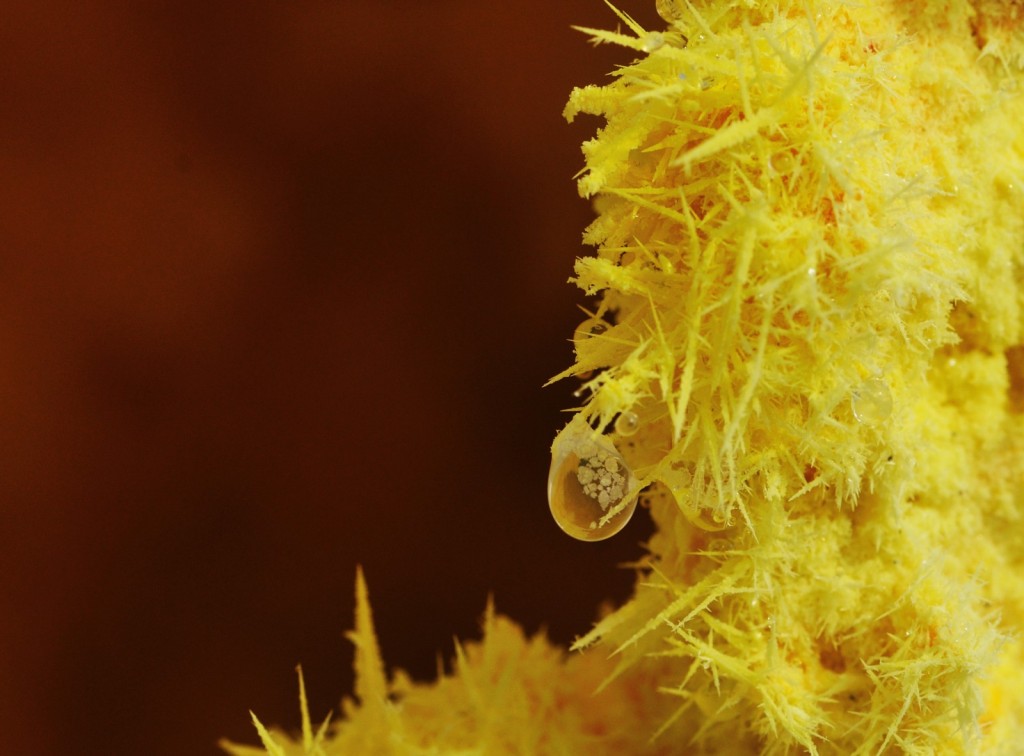
Close-up of sulphur crystals with condensation drop by Ulrich Kueppers. Source

